mobile View, to the German Version tap the flag


- 1816–1860 Kingdom
- 1799 Parthenopean Republic
- former state on the Italian peninsula
- own name: Regno delle Due Sicilie
• Flags
• Meaning/Origin of the Flag
• Coat of Arms
• Meaning/Origin of the Coat of Arms
• Map of the historical states in Italy
• Numbers and Facts
• History
• Origin of the Country's Name
• Map of the today's regions of Italy

1816–1860,
National flag,
Source, by: Flags of the World




1816–1860,
State and merchant flag,
Source, by: Flags of the World



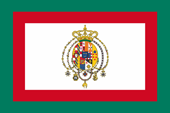
1848–1849,
State and merchant flag,
Source, by: Flags of the World



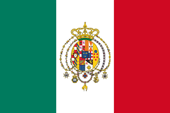
1860,
State flag,
Source, by: Flags of the World



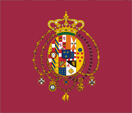
1816–1860,
Flag of the King,
Source, by: Flags of the World



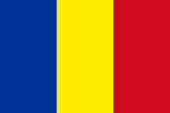
1799,
The Kingdom is momentary the "Parthenopean Republic",
Source, by: Wikipedia (EN)




The flags of the Kingdom showed mostly the coat of arms of the Bourbons. Their colour was white. The meaning or origin of the colour combination of blue and white in the national flag is not cleared. After all, it is possible that the two colors have their roots the Republic of Amalfi, one of the four maritime republics, which came in the middle ages to power and prosperity by trade. The town was even a duchy in the Kingdom of the Two Sicilies, and is placed not far from Naples. Its colors were white and blue.
Source:
Flags of the World,
Volker Preuß


1816–1860,
Coat of arms of the Kingdom of Two Sicilies,
Source, by: Wikipedia (D)

The richly structured shield shows the heraldry of the Spanish Bourbons with all its then current possessions, titles and claims. Decisive is the Bourbon central shield with the three golden lilies on blue.
Source: Wikipedia (EN),
Volker Preuß

all state denominations in English:
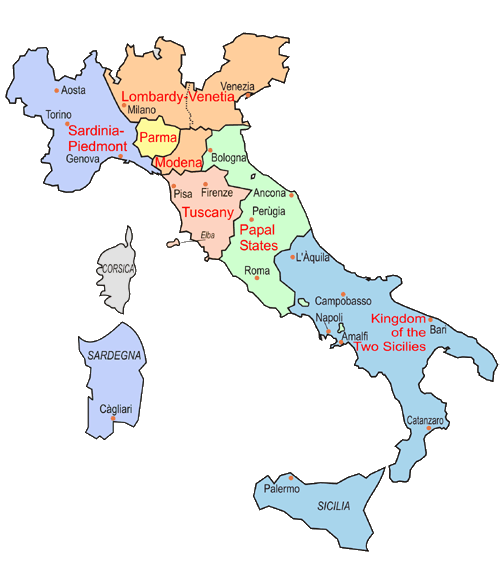
Source: Volker Preuß

Area: 43.204 square miles (ca. 1860)
Inhabitants: 8.700.000 (ca. 1860)
Density of Population: 201 inh./sq.mi. (ca. 1860)
Capital: Naples (ital.: Napoli)
Language: Italian
Source: Meyers Konversationslexikon

Antiquity · settlement by Iapygiers, Siculians, Oskers and Sabellians, Greek colonization
480 B.C. · rejection of an Kathagian invasion on Sicily Island, however growing influence of Karthago
450 B.C. · foundation of Naples as Greek colony Neapolis
298 B.C. · Naples becomes an ally of Rome
264–201 B.C. · First Punic War, Sicily becomes a Roman province
410 A.D. · invasion of the Western Goth
from 440 · the Vandals infest the island nearly annually
476 · dismissal of the last Roman emperor Romulus Augustulus, end of the (West)Roman Empire, Naples belongs until 493 to the Empire of the Odoaker
493 · the Eastern Goth occupy the island
544 · conquest of Sicily Island by Byzanz (East Roman Empire)
568/569 · the Langobardes capture a large part South Italy, and establish there the Duchy of Benevent, Naples itself remains Byzantian
774 · conquest of Northern Italy by the Franks, the Duchy of Benevent comes under Frankish supremacy, Naples itself remains Byzantian
827 · conquest of Sicily by the Arabs, further invasion in Calabria
888 · after the extinction of the Carolingians disintegrates the Duchy of Benevent into several Langobardian principalities
1130 · Lower Italy with the Langobardian principalities, Naples Town, and the from the Byzantians left Norman territorities get united with the Norman Kingdom of Sicily
1061–1091 · conquest of Sicily by the Normans, establishment of the Kingdom of Sicily
1194 · the Kingdom of Sicily comes to the House of Hohenstaufen
1266 · the Kingdom of Sicily comes to the House of Anjou, Naples becomes perpetual capital of the Empire
1282 · "Sicilian Vespers" – by a uprising comes the Island of Sicily as a kingdom to the House of Aragón, Lower Italy remains as Kingdom of Sicily (unofficial: Kingdom of Naples) until 1442 at Anjou
1495 · Charles VIII., King of France, conqueres the Kingdom of Naples and becomes crowned as king
1496 · Ferdinand II., King of Aragon, conqueres - with Spanish help - the Kingdom of Naples back, after his death in the same year, his uncle Frederick becomes King
1501–1502 · war of Spain and France against Naples
1503–1504 · war between France and Spain to Naples, the Kingdom of Naples becomes a Spanish possession
1516 · the Kingdom of Naples comes to the House Habsburg
1556 · the Kingdom of Naples comes to the Spanish line of the House of Habsburg
1701–1714 · Spanish heritage succession war
1714 · peace treaty of Utrecht, the Kingdom of Naples and the Kingdom of Sardinia come to the House of the Austrian Habsburgs, Kingdom of Sicily comes to Savoy-Piedmont
1720 · the House of Savoy-Piedmont swaps with Austria Sicily in return for Sardinia, the Kingdom of Sicily comes in this way to the House of Habsburg (Kingdom of Naples-Sicily)
1734 · the House of Habsburg leaves the Kingdom of Naples-Sicily to the House of the Spanish Bourbons
1796 · Italy campaign of Napoléon, Lower Italy becomes in 1799 Parthenopeic Republic and in 1800 Kingdom of Naples again, but it is ruled until 1814 by Napoléon's relatives, Sicily remains at the House of Bourbon
1815 · Vienna Congress, the Kingdom Sicily and the Kingdom of Naples come to the Spanish Bourbons
8th of December in 1816 · establish of the Kingdom of Two Sicilies under the Spanish Bourbons
1860 · Garibaldi's campaign against the Kingdom of Two Sicilies, the king exiles, Garibaldi acts as dictator
1861 · the Kingdom of Two Sicilies has to join the Kingdom of Italy
Source:
Meyers Konversationslexikon,
Atlas zur Geschichte,
Wikipedia (D)

The name "Sicily" goes back to the people of the Siculians, which lived on the island in the antiquity times. As a second name the island was called "Trinacria", what menas "The tricuspid".
The Kingdom of Sicily, consisting of the island and the mainland was divided by the Sicilian Vespers in 1282. Now there were two kings of Sicily. One - from the House of Aragon - resided on the island, in Palermo, the other - from the House of Anjou - resided on the mainland, in Naples. Both dominions recognized each other in the peace treaty of Caltabellota (1302), but the kingdom on the island of Sicily was called "Kingdom of Trinacria", and the title of the King of Sicily remained with the king of Naples. Thus, there was an island of Sicily with a kingdom on it, and a Kingdom of Sicily which existed not on the island.
For a better distinguish the Mainland-Sicily in practice was called "Regno di Sicilia Citeriore", but the Island-Sicily was called "Regno di Sicilia ulteriore". Sometimes the Island-Sicily was called as Kingdom of Sicily Mainland-Sicily as Kingdom of Naples. Both Sicilies were handed over to the Spanish Bourbons at the Congress of Vienna in 1815, which unite them on 8th of December in 1816 under one crown, the "Kingdom of the Two Sicilies".
Source: Handbuch der geographischen Namen

all denominations in Italian
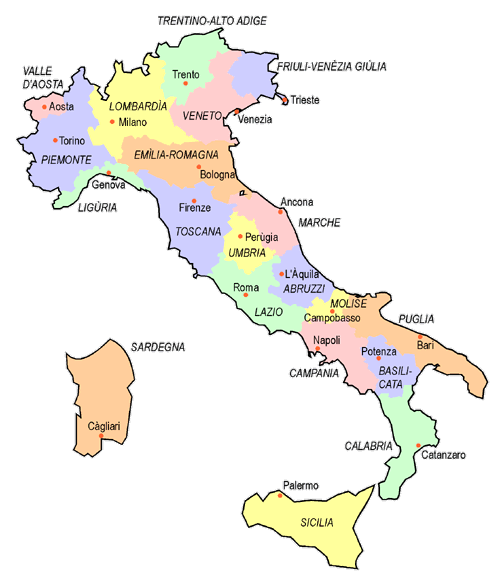
Source: Volker Preuß


![]()






















